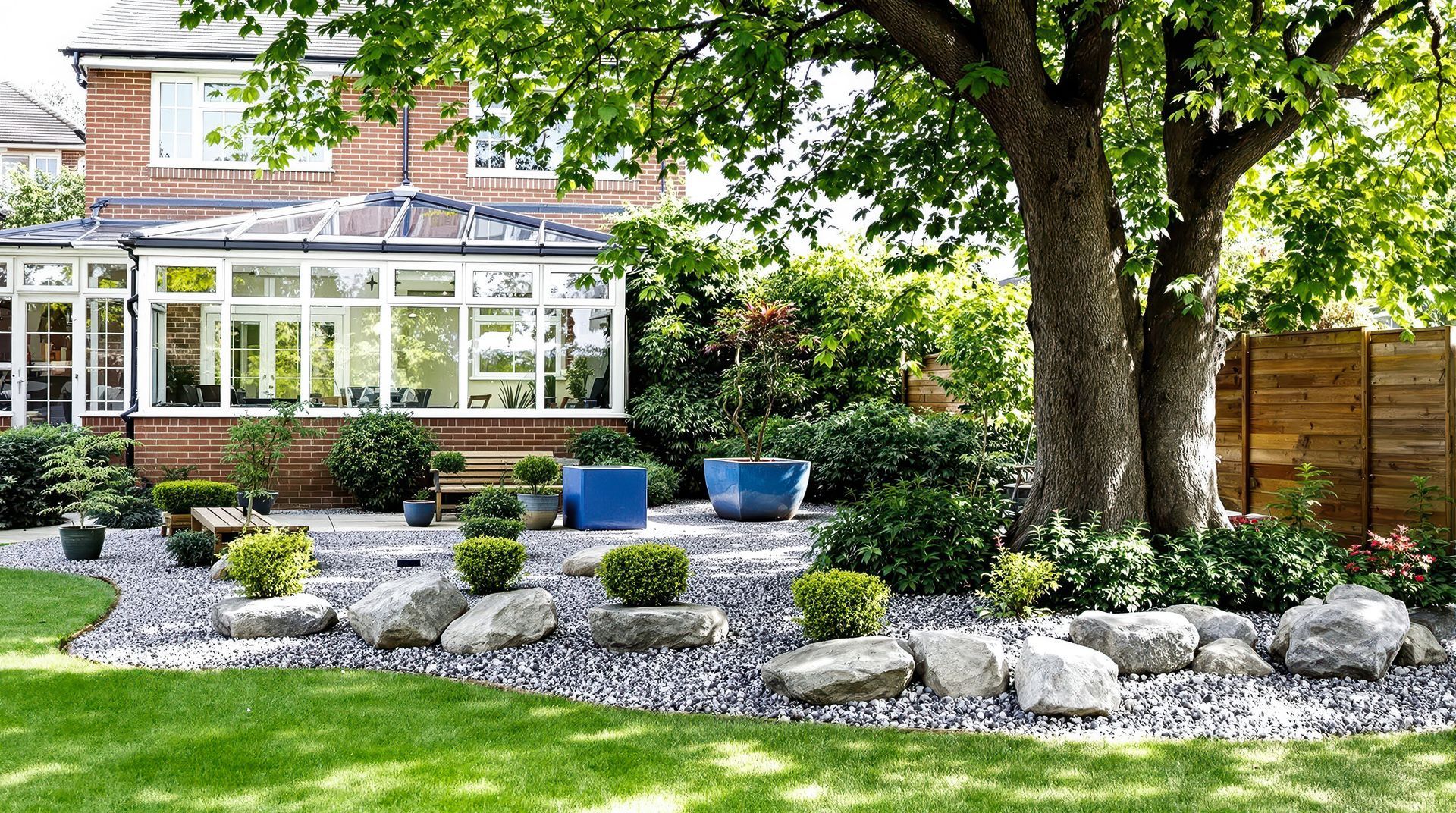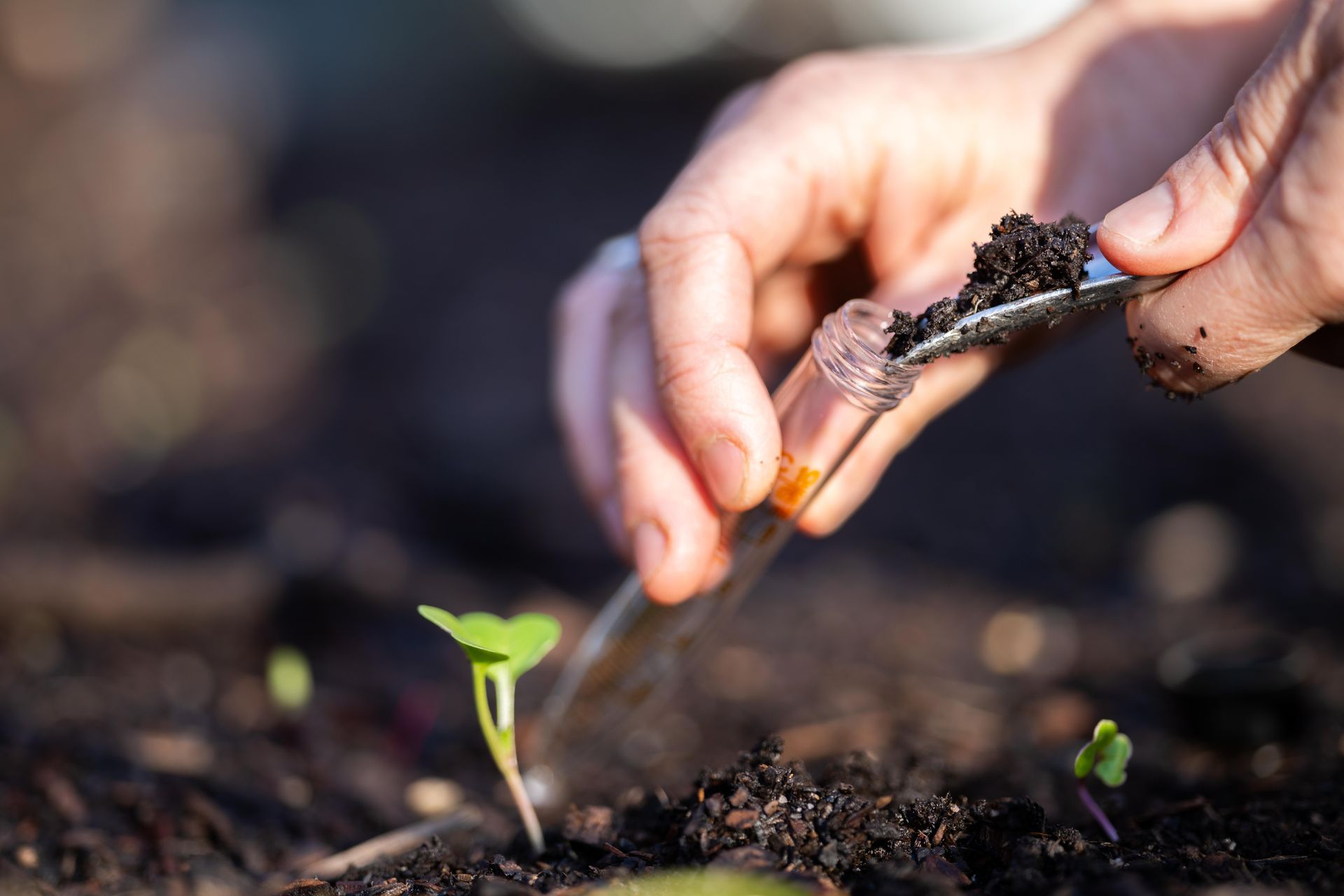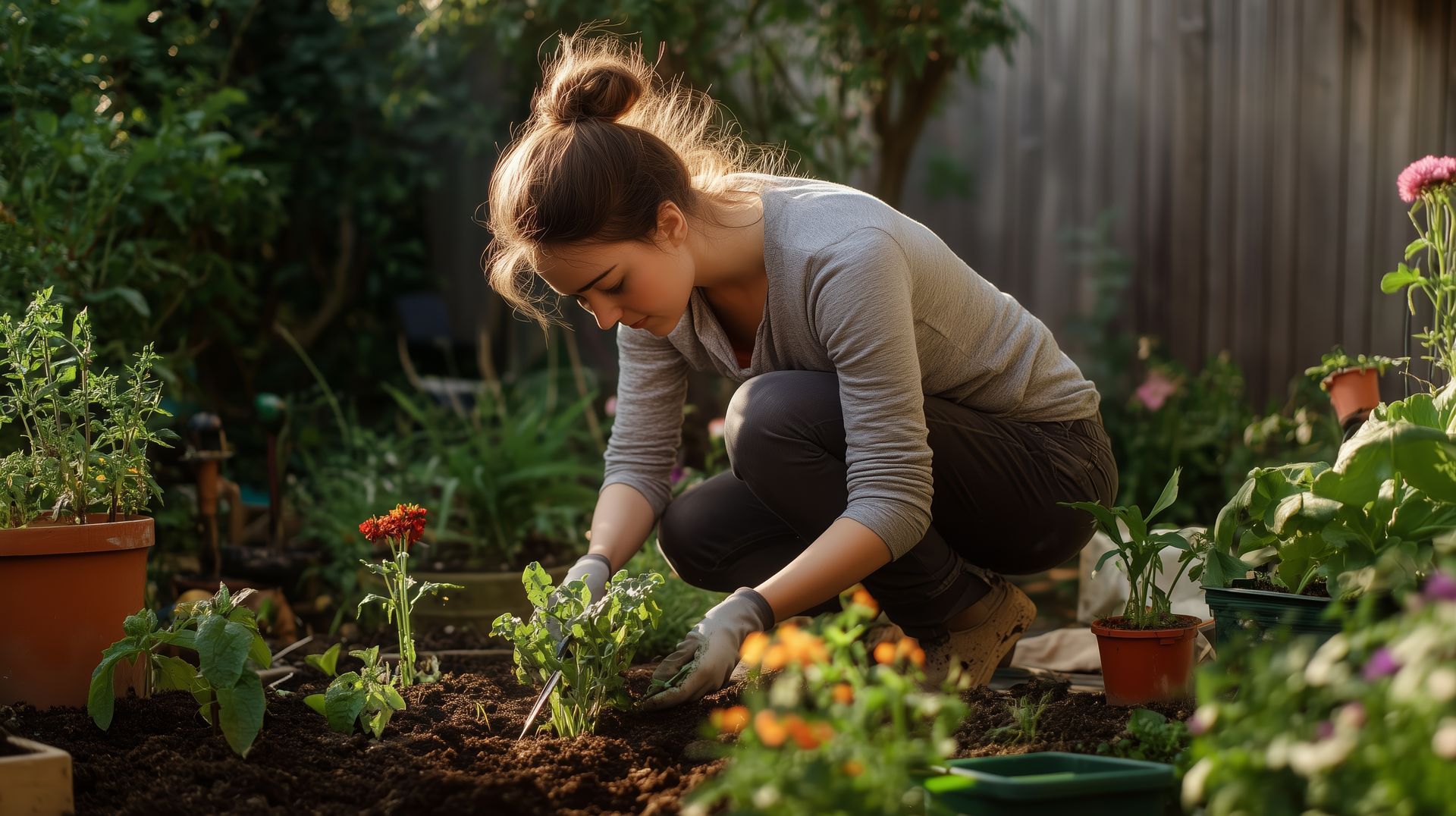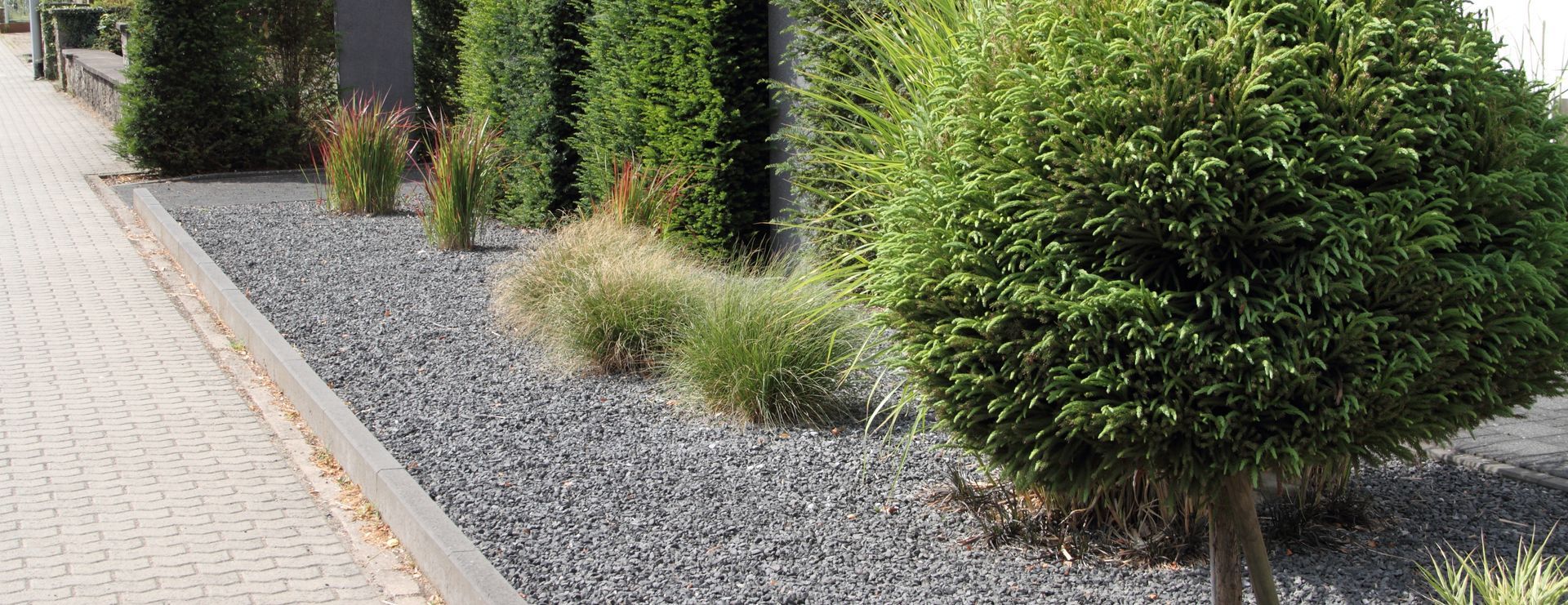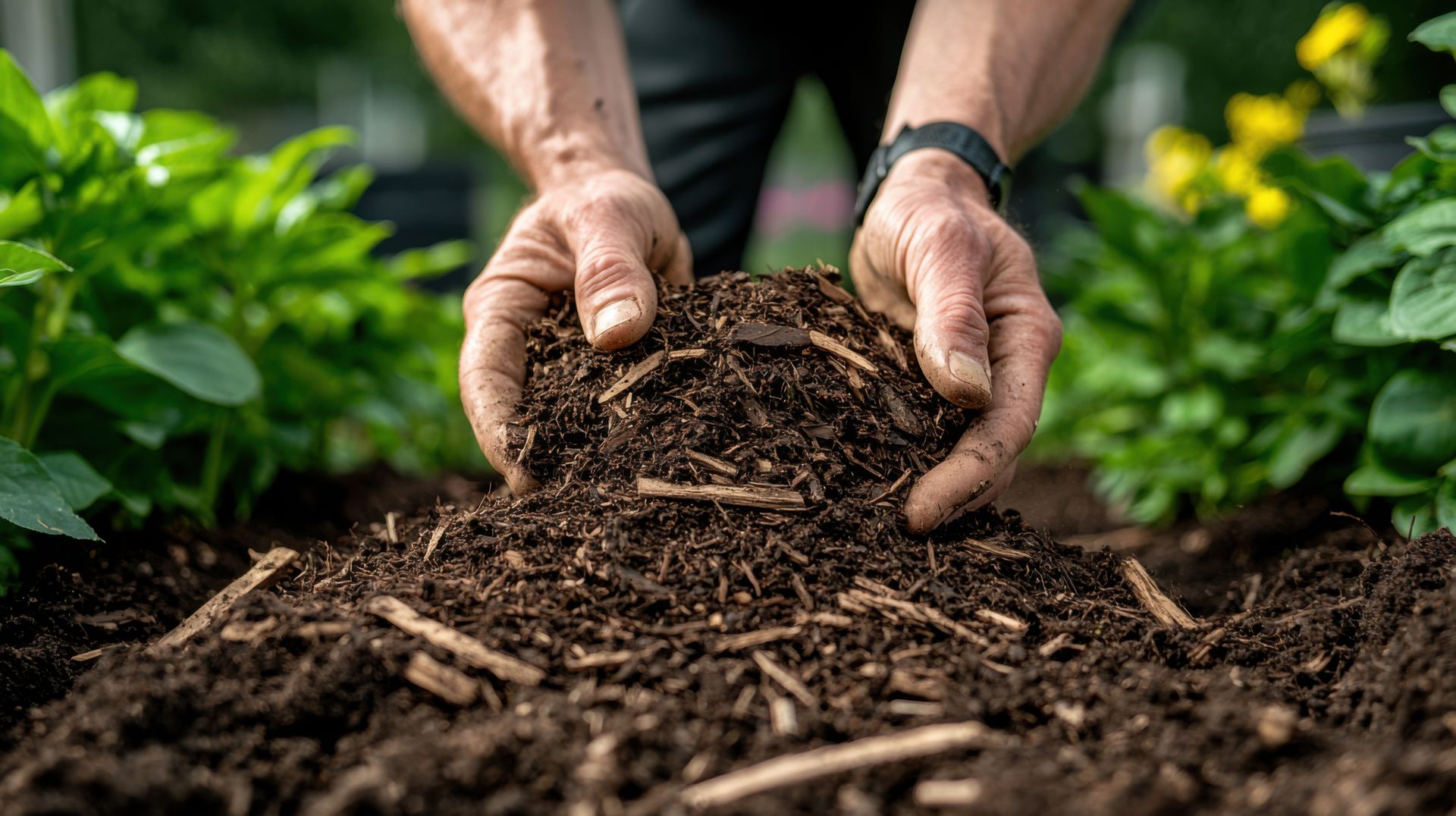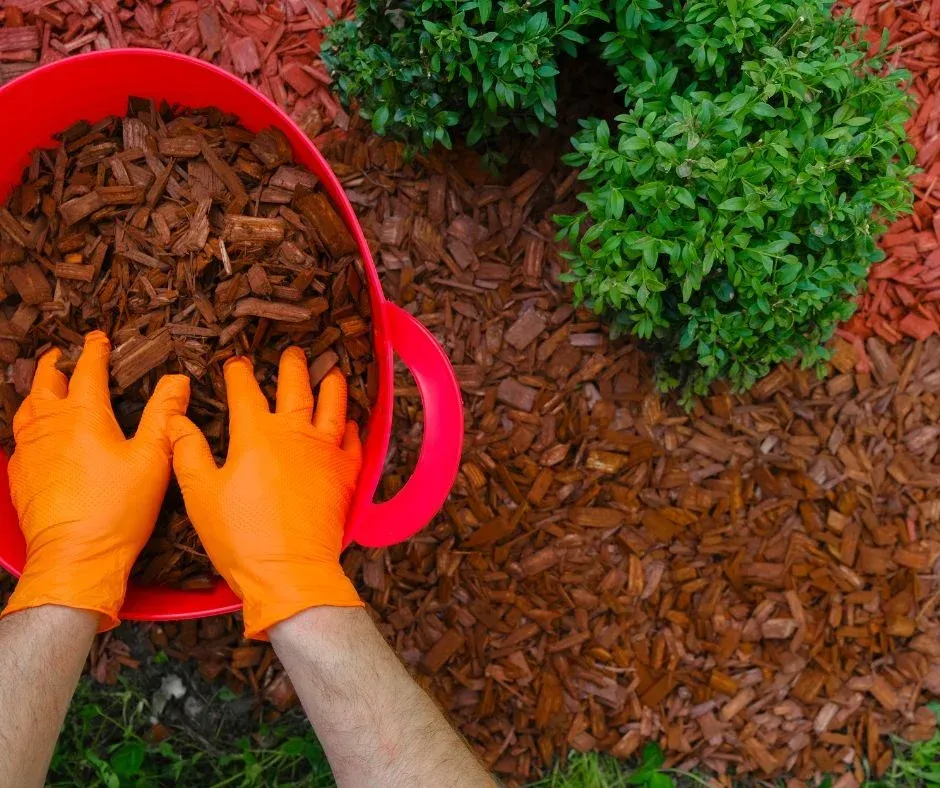Reviving Dead Soil: Strategies for Reclaiming Your Garden
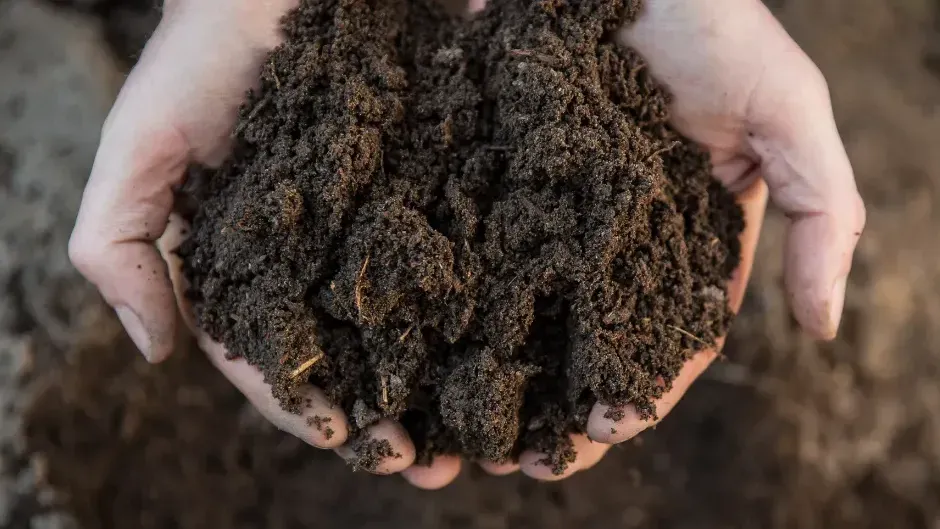
A lush, vibrant garden is a dream for many homeowners and gardening enthusiasts. However, sometimes, the soil in your garden may become depleted, lifeless, and seemingly incapable of supporting healthy plant growth. But fear not, reviving dead soil is entirely possible with the right strategies and a little patience. In this blog, we'll explore the reasons behind soil degradation and provide you with effective techniques to rejuvenate your garden soil, transforming it into a thriving ecosystem for your plants.
Understanding Dead Soil
Before we dive into the revival strategies, let's understand what dead soil really means. Dead soil, also known as degraded or depleted soil, lacks essential nutrients, microorganisms, and organic matter necessary to support plant life. It may be compacted, hard, and unable to retain moisture. This lifelessness can result from various factors, including overuse of synthetic fertilizers, improper pH levels, erosion, or neglect over time.
Why Revive Your Soil?
Reviving dead soil is not just about aesthetics; it's essential for the health and productivity of your garden. Here are some compelling reasons to invest time and effort into rejuvenating your garden soil:
- Improved Plant Health: Healthy soil provides plants with the nutrients they need, leading to stronger, disease-resistant plants.
- Increased Yield: Revived soil can significantly boost your garden's productivity, resulting in larger harvests of vegetables, fruits, and flowers.
- Water Efficiency: Healthy soil retains moisture better, reducing the need for excessive watering and conserving water resources.
- Enhanced Biodiversity: Healthy soil teems with beneficial microorganisms and insects, contributing to a more balanced and resilient ecosystem.
Now that we've established the importance of soil revival, let's explore some strategies to breathe life back into your garden soil.
1. Soil Testing
Start by getting a soil test done. This will provide crucial information about your soil's pH level, nutrient content, and composition. Armed with this data, you can tailor your soil revival efforts to meet the specific needs of your garden.
2. Amend the Soil
Based on your soil test results, you can add necessary amendments like compost, organic matter, and pH-adjusting materials. Compost not only enriches the soil with essential nutrients but also enhances its structure, making it easier for plant roots to penetrate and access nutrients.
3. Cover Crops
Consider planting cover crops during the off-season. Cover crops like clover, buckwheat, or vetch can help improve soil structure, prevent erosion, and add organic matter when turned into the soil.
4. Mulching
Mulching not only conserves soil moisture but also adds organic matter as it breaks down. Use organic mulches like straw or wood chips to promote soil health.
5. Reduce Chemical Use
Limit the use of synthetic fertilizers and pesticides, as they can harm beneficial soil organisms. Instead, opt for organic and natural alternatives that promote soil life.
6. Crop Rotation
Rotate your crops annually to prevent soil depletion of specific nutrients and to disrupt the life cycles of soil-borne pests and diseases.
7. Regular Monitoring
Keep a close eye on your soil's health by regularly observing plant growth and conducting soil tests. Adjust your strategies as needed to maintain soil fertility and vitality.
Reviving dead soil may take time and effort, but the rewards are well worth it. By following these strategies and nurturing your garden soil back to life, you can create a thriving, productive, and sustainable garden that will bring you joy for years to come. Remember that healthy soil is the foundation of a successful garden, and with care and dedication, you can transform your once-depleted soil into a thriving ecosystem that supports lush plant life. Happy gardening!
North County Supply is the only shop you'll need for all of your landscape material needs!
We carry a wide variety of materials including mulch, playground chips, soil, and more!
Our knowledgeable staff is always happy to help you find what you need and answer any questions you may have.
Call us at 760-744-3444
North County Supply's Service Locations: San Diego, Escondido, San Marcos, Vista, Oceanside, Carlsbad, Chula Vista, El Cajon, Poway, Santee, Encinitas, Valley Center, La Mesa, Temecula, Murrieta, Coronado, Del Mar, Alpine, Lakeside, Fallbrook, Daley Ranch, Hidden Meadows, Menifee, Solana Beach, Carmel Valley, Ramona, Torrey Pines, Rancho Penasquitos.
